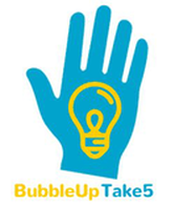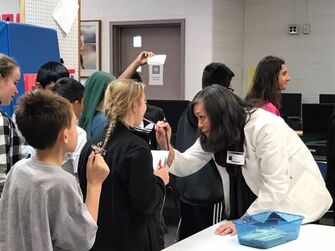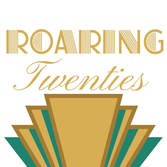 When I was a senior in high school, a month away from graduating, I sat in my Physics class and watched the breaking news of a federal building blown apart. In the early moments of the tragedy, my classmates and I thought this event was unfolding in the nation’s capital. After all, to us "federal" was synonymous with Washington, D.C. But a few minutes into the coverage we realized that this nightmare was in our state of Oklahoma, a hundred miles away. Kids cried and classes were dismissed as we drove home in a world without cell phones to check on family and friends. It was the first time that my innocence was shattered. The first time I watched my community reel from pain. I remember the first nights were sleepless as I mourned people I didn’t know but to whom I felt connected. A few weeks later, we graduated wearing ribbons to honor victims, a somber shadow cast over my home state, an uneasy feeling in our each of our hearts. If this could happen in Oklahoma, no one was safe.
0 Comments
 2019 marks the 400th anniversary of the first slave ship's arrival on America's shores in Jamestown, Virginia. In my view, the commemoration of this tragic event presents teachers with a unique and timely opportunity to reevaluate and improve our teaching of slavery to students with a renewed commitment to truth, equity, empowerment, and understanding. For teachers who like me, are tasked with teaching this "hard" history, I am offering up some of resources. A few are designed for the classroom, others are simply resources for us as individuals to deepen our understanding of the nation's past and in doing so, in my view, shed light on our present and our future. So Take5.  Students are examined at Medical Stations during our Ellis Island Simulation. Students are examined at Medical Stations during our Ellis Island Simulation. A few years ago our History 7 team set out to create an Ellis Island Simulation for our students. The problem: the ones we found online were expensive or weren't what we were looking for. So, with the help of our amazing school librarians, we created our own -- now we want to share it with you and your students! This simulation helps kids develop a rich understanding of what it was like to be an immigrant passing through Ellis Island in the early 1900's. It's fun, interactive, and has become a tradition at our school. Sure, it takes time to set up, but it gets easier every year and from our perspective it's worth it. In this post, we'll talk you through things step by step, show you some photos, and at the end of the post you'll find all of the materials we use (passports, registries, reflection docs etc.) to make the simulation come alive. Let's set sail for Ellis Island!  A few weeks ago I was looking for something new to try with my students in our 1920's Unit. I think a critical part of teaching is to change things up -- to keep your teaching and in turn, student learning fresh and vibrant. Gretchen mentioned that her son Charlie was doing a Wax Museum Project in his 7th grade history class. Yes! This was the answer. I have to give a shout out to his history teacher (and my friend): Carrie Guild of Rachel Carson Middle School. Carrie -- If you're reading this know that learning about your project inspired me: thanks! I took the idea of a wax museum and ran with it. My students presented last week and it was a great success. This project has it all: collaboration, research, communication, creativity, learning, public speaking and technology. Plus, it is versatile and really will work for any unit involving a variety of influential people. I'm going to give you a little run down of what I did (with the help of our fantastic librarians: Gretchen and Susanna). I've also linked to a few resources and handouts. I hope the idea helps you in your lesson development -- when teachers share, great ideas BubbleUp! |
Who We Are
Join our list!Archives
September 2020
Categories
All
|






 RSS Feed
RSS Feed